Subtotal: $62.00
Michael Jenkins – Basic Day Trading Techniques
$19.00
Product Include:
File size:
Michael Jenkins – Basic Day Trading Techniques
**More information:
Get Michael Jenkins – Basic Day Trading Techniques at Salaedu.com
Description
Book : Basic Day Trading Techniques
When you day trade, you buy and sell stocks, commodities or currencies within the same trading day. This means that when you’re day trading, you’re attempting to make profit by leveraging large amounts of capital. This way, you have the ability to maximise and take advantage of small price movements.
However, because you’re using leverage, day trading can be dangerous, so you need a number of day trading tips to help. The best day trading tip is to use thorough and well thought out day trading strategies.
Day trading strategies can help you navigate your way through the trading markets, allowing you to come up with a plan for when you face certain trading scenarios.
What is a Day Trading Strategy?
A day trading strategy outlines a specification for your trades, including rules for trade entries and exits.
If you properly research your day trading strategy, then it can provide you with a mathematical explanation for the specified rules, which will provide you with an indication about whether your potential trade has the ability to be profitable.
Why Do I Need a Day Trading Strategy?
Day trading techniques allow you to set rules for your trades to prevent you from making emotional decisions. By extracting emotion from the trading equation, you’re more likely to make a better informed decision, leading to more successful trades.
Plus, by sticking to your strategy, you’ll be able to tweak and refine it based on your personal trading experience, creating something that works perfectly for you.
The best way to do this is to also keep a trading journal, documenting your trades, profits and losses. This way, you’ll have a complete record of what happened and when, so you can work out why.
How Do I Create Day Trading Techniques?
In establishing a day trading strategy, you create rules that designate conditions that must be met for trade entries and exits to occur. As such, your trading strategies should be very specific, including specifications for:
- Trade entries
- Trade filters and triggers
- Rules for trade exits
- Money management
- Timeframes
- Order types
This means that your day trading strategy must be based on quantifiable specifications. By doing this, you’ll be able to analyse historical data and trends to predict future performance of the strategy and assess whether it will work for your trades.
1 review for Michael Jenkins – Basic Day Trading Techniques
Add a review Cancel reply
Related products
Forex - Trading & Investment
Luca Moschini – Day Trading 101 How To Day Trade Stocks for Passive Income
Forex - Trading & Investment
Forex - Trading & Investment
Forex - Trading & Investment
Larry williams – Swing Trading Futures & Commodities with the COT
Forex - Trading & Investment
R.S. of Houston Workshop – Top Futures Day Trading Course DVD
Forex - Trading & Investment
Forex - Trading & Investment

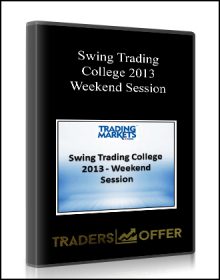 Swing Trading College 2013 - Weekend Session
Swing Trading College 2013 - Weekend Session 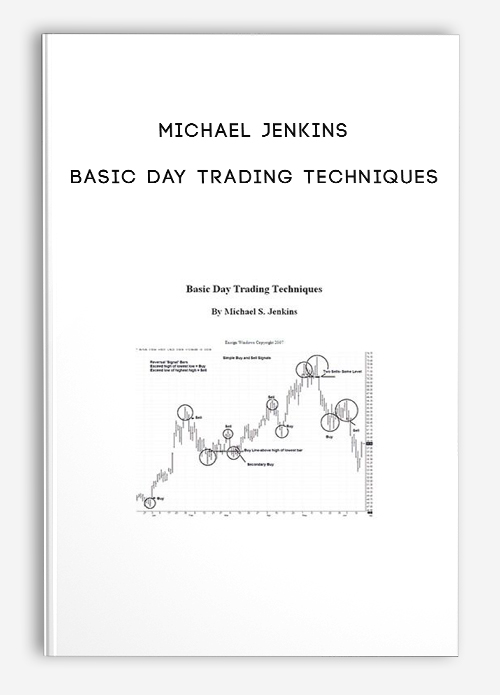
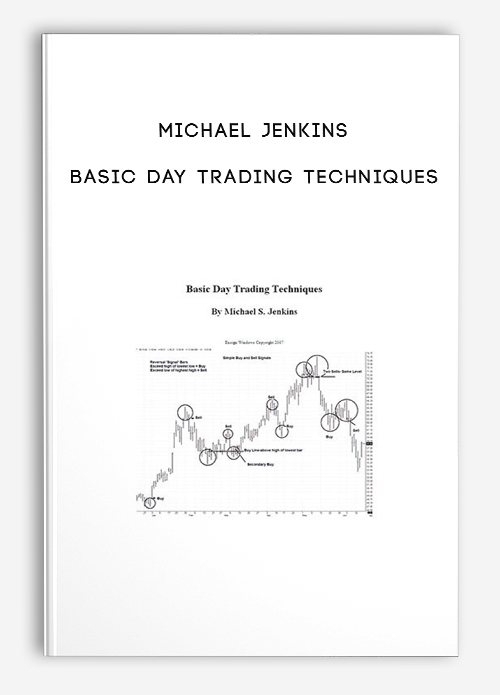
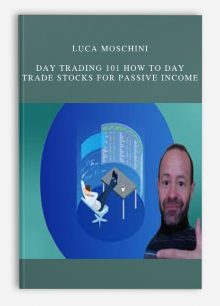
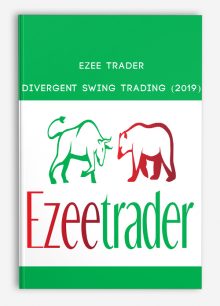
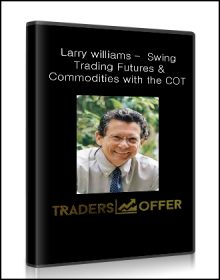
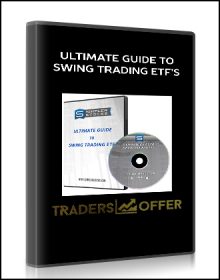
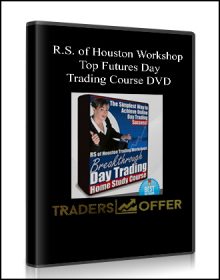

![Larry Connors Professional Day Trading for Success Program [ 3 Videos (mp4) + 9 Documents (PDF) + 18 Excel Files + 9 Indicators + 1 Other (HTML) ]](https://tradersoffer.forex/wp-content/uploads/2016/11/Larry-Connors-Professional-Day-Trading-for-Success-Program-220x280.jpg)
king –
We encourage you to check Content Proof carefully before paying.“Excepted” these contents: “Online coaching, Software, Facebook group, Skype and Email support from Author.”If you have enough money and feel good. We encourage you to buy this product from the original Author to get full other “Excepted” contents from them.Thank you!